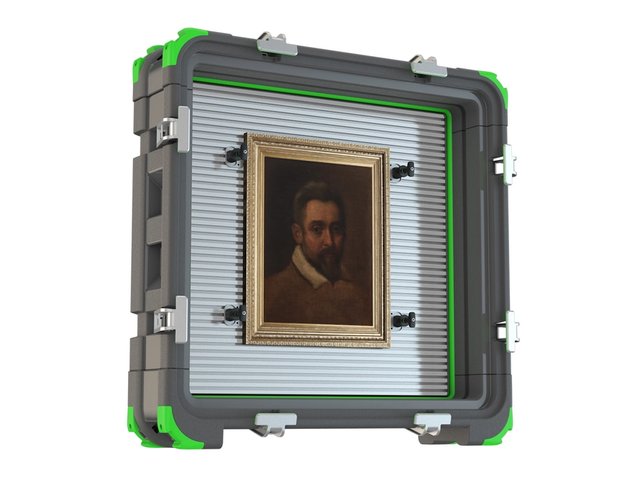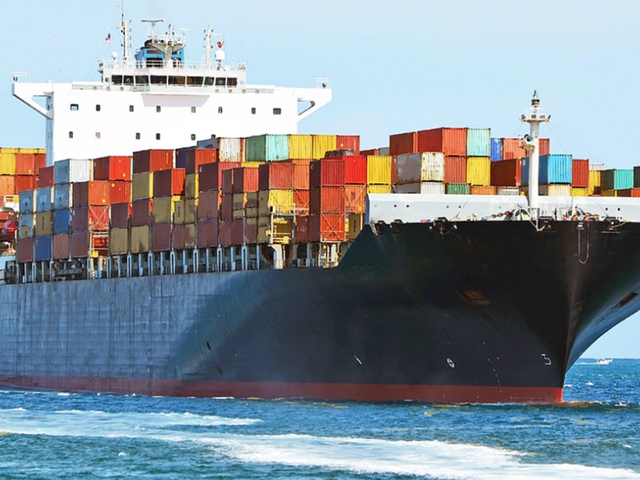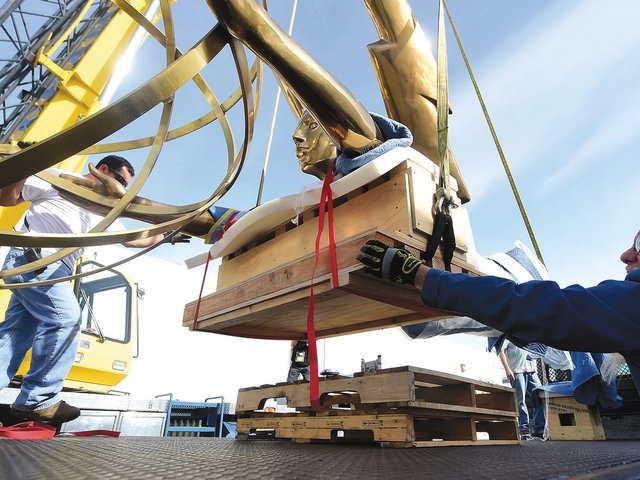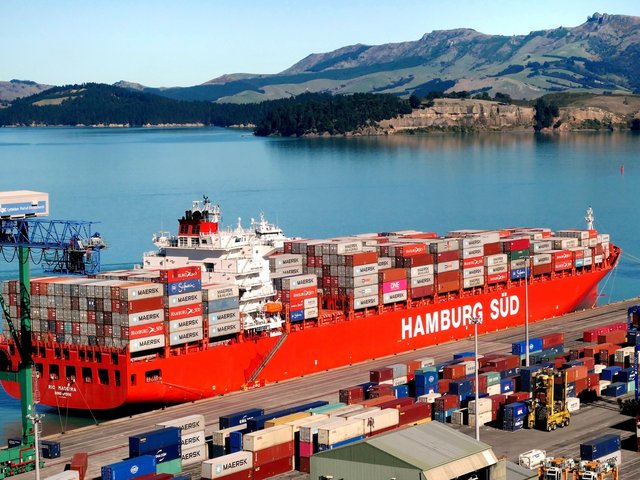When it comes to making environmentally friendly decisions in the art world, there can be a tendency to pass the buck. Commercial and non-profit endeavours alike might be beholden to financial budgets, internal guidelines or criteria set by groups like the International Council of Museums, but only recently have carbon-emissions reports and climate plans become common. With little more than morals holding organisations accountable to make green choices, it is no surprise that change has been slow. There is, however, one group that might hold the key to encouraging sustainability: collectors. Often the decision-makers for potentially emissions-heavy activities like packing and shipping, collectors can be a significant catalyst for change.
In recent years, green options for fine-art logistics have become increasingly common. According to a 2023 Gallery Climate Coalition survey of 12 shipping companies, all were offering alternatives to air freight and many were taking steps like using reusable crates and communicating earlier deadlines for sea and road shipments, which generally have lower emissions.
For some collectors, having these green options is a priority. “Sustainability is not a peripheral concern; it’s central to how I approach collecting,” says Francesca Thyssen-Bornemisza, an art collector and founder of TBA21. “The question for me is not just how we collect but why and what we collect, and how those choices echo in the world. Advocating for sustainable practices is embedded in our ethos.”
Other collectors seem to have the same approach. “Many of my clients are conscious of their environmental impact, so we actively explore ways to make more sustainable choices when it comes to shipping,” says the art adviser Adam Green.
Despite apparent enthusiasm, shipping companies are reporting that their sustainable alternatives are not always being used. “We've been pushing green options for seven years in various ways (DHL GoGreen for lower-value works, sea freight for fairs, compensation of shipments) and the uptake has been disappointingly low,” says Edouard Gouin, the chief executive and co-founder of Convelio. “There is a lot of surface goodwill, but the bottom line is that art businesses and collectors are not ready to pay more for a sustainable shipping option or to compensate their emissions, and we can't just eat up our own margin.”
Barriers to adoption
Convelio maintains several climate-conscious practices, but if clients are not using them, they inevitably become financially unsustainable. “We ended up rolling back the compensation technology we had built, which cost us over €65,000 to develop, because it was so rarely used,” Gouin says.
The factors stopping collectors from choosing green options are numerous. “The main barriers are cost, timing and lack of awareness,” says Jason Bailer Losh, the director of business development and environmental affairs at Dietl, which began offering sustainable services in 2020. “A collector may not know what to ask for or how to reduce costs while still choosing sustainable options. Others prioritise speed and aren’t willing to consider slower, consolidated shipments that would be lower-emissions than individualised shipments.”
Losh suggests taking small steps and a collaborative approach to working sustainability into one’s collecting habits. “If a client is shipping ten crates, we might suggest trying one or two in a more sustainable crating system—like Rokbox or Earth Crate—while using traditional crates for the rest,” he says. “It’s not about being perfect from the start; it’s about taking steps in the right direction. We also work with clients to help them build long-term strategies so that sustainability considerations become the default, not the exception. The clients who’ve seen the most success are those who engage directly with us to develop a phased, tailored implementation plan.”
Several logistics companies include information on green options on their websites, but explaining the nuances is an uphill battle. Often, these conversations happen directly with consumers or via partnerships with other organisations, like art fairs. Who exactly is responsible for raising issues of sustainability, however, is a grey area. Sellers might advocate for green practices internally, but there can be apprehension towards imposing eco-friendly choices on buyers. Fearing being seen as patronising to collectors, some commercial ventures are opting for the status quo.
Moreover, after negotiating a sale, galleries and auction houses often seek the cheapest logistics for buyers already cognisant of accumulating after-sale costs. If a gallery has agreed to cover these costs altogether to close a deal, a pricier shipment will cut into its margins. And, as Losh notes, lower-carbon routes like sea freight take longer and can be less precise, and delays due to weather and customs are common. In a luxury industry accustomed to expediency, a demand for efficiency and speed is expected.
'Environmental considerations often take a backseat'
Surprisingly, despite the increase in green choices and the inconsistency in their application, there is a feeling that more needs to be done to make them widely available. “In the art world, much of the work around environmental sustainability focuses on optimising the supply chain,” says Liz Bloomfield, a partner at Marianne Boesky Gallery. “Improvements to shipping methods have not moved as quickly as we hoped they would. Sustainable shipping is an emerging market with a lot of potential.”
Advisers and collectors echo this sentiment. “Most shippers are not initiating conversations about sustainability,” Green says. “Their focus is on offering the lowest possible price to secure the job, which means environmental considerations often take a backseat unless we push for them.”
There are, however, signs of change. Rokbox, offering reusable crates that can reduce a shipment’s carbon emissions by 90%, has seen an increase in interest in its services, which include both rentals and crates for purchase. “Some collectors specifically request to hire a reusable Rokbox crate for a defined period of time via their fine-art shipper and the Rokbox Loop rental network,” says Claudia Ruane, the company’s director of marketing.
In addition to renting Rokbox crates, private collectors commonly buy them outright, accounting for up to 15% of the company’s sales, Ruane says. “Younger collectors in particular want to protect their art in the best and most sustainable way,” she adds. Users of Rokbox may also be incentivised by the insurance industry—loss adjusters, brokers and underwriters frequently recommend the product, because it is safer than a traditional wooden crate.
Insurance is an area where policies have adapted to client demands, offering a positive case study for shipping. Major fine-art insurers are now allowing for sea freight, a green option these companies previously placed significant barriers on—for a number of reasons including the difficulty of maintaining climate control onboard.
“The solutions to the climate crisis exist; what matters is how and when we put them into practice,” says Cliodhna Murphy, the global head of environmental sustainability at Hauser & Wirth. “That's why collectors advocating for lower-impact choices like sea freight or sustainable crating play a crucial role in the systemic shifts our planet needs. Developments don't exist in a vacuum; they reflect the power of client choices.”


![Tessa Mars, a call to the ocean, 2025. Exhibition view of otras montañas, las que andan sueltas bajo el agua [other mountains, adrift beneath the waves], Ocean Space, Venice, Italy. Commissioned by TBA21–Academy Photo: Jacopo Salvi](https://cdn.sanity.io/images/cxgd3urn/production/cf24d85d8621cb32eeb59d5da715ad94f3fbfe00-2000x1334.jpg?rect=0,1,2000,1333&w=1200&h=800&q=85&fit=crop&auto=format)




